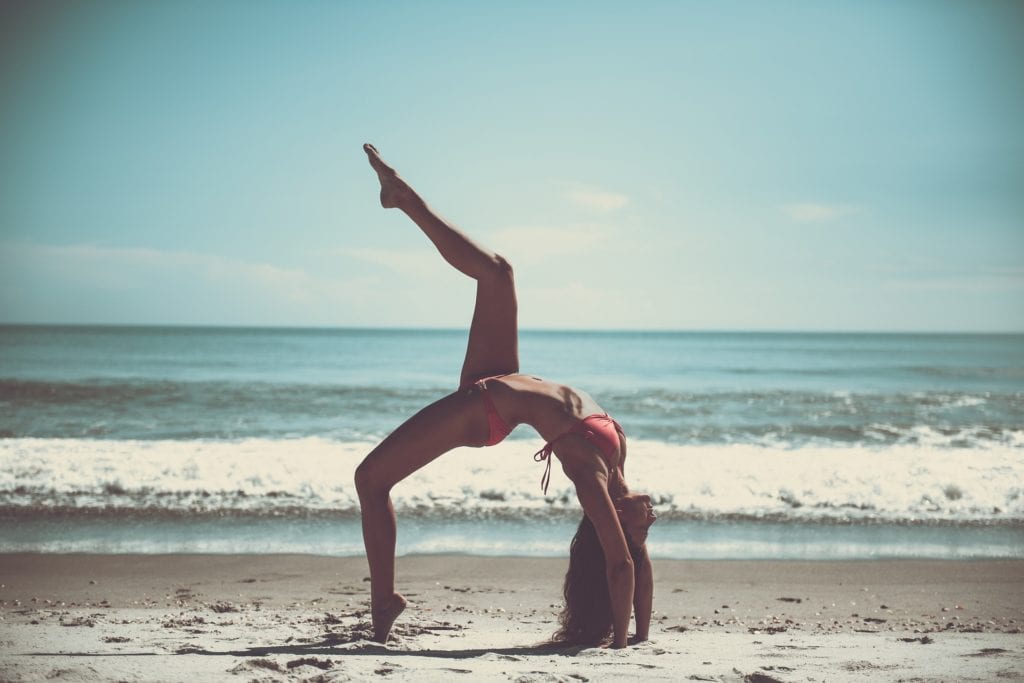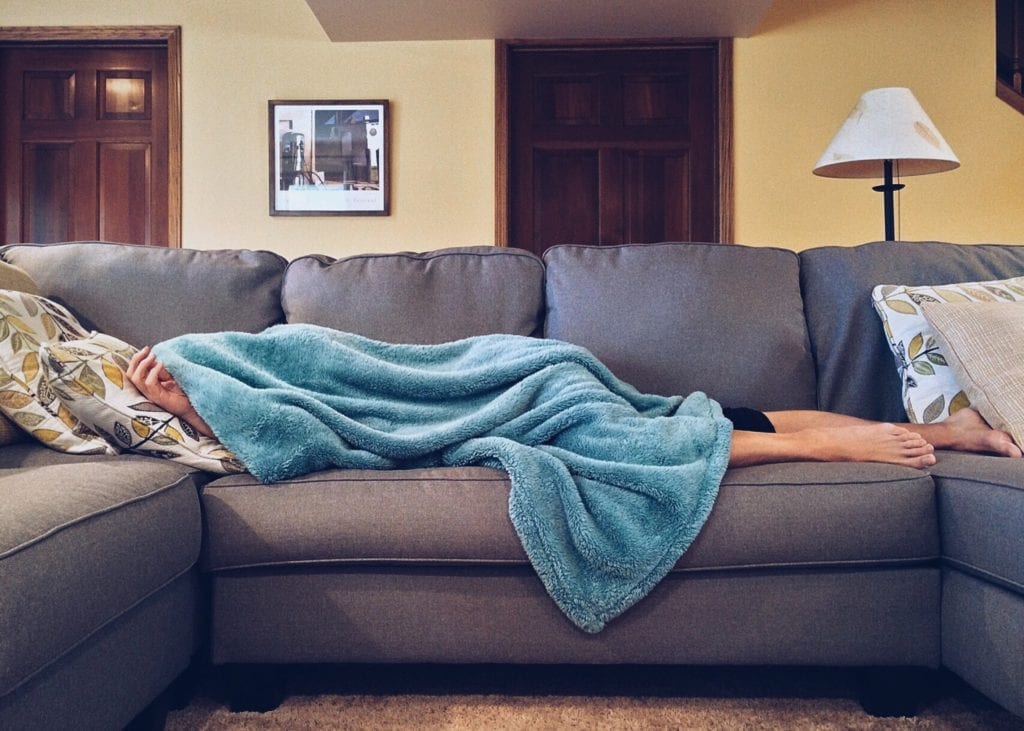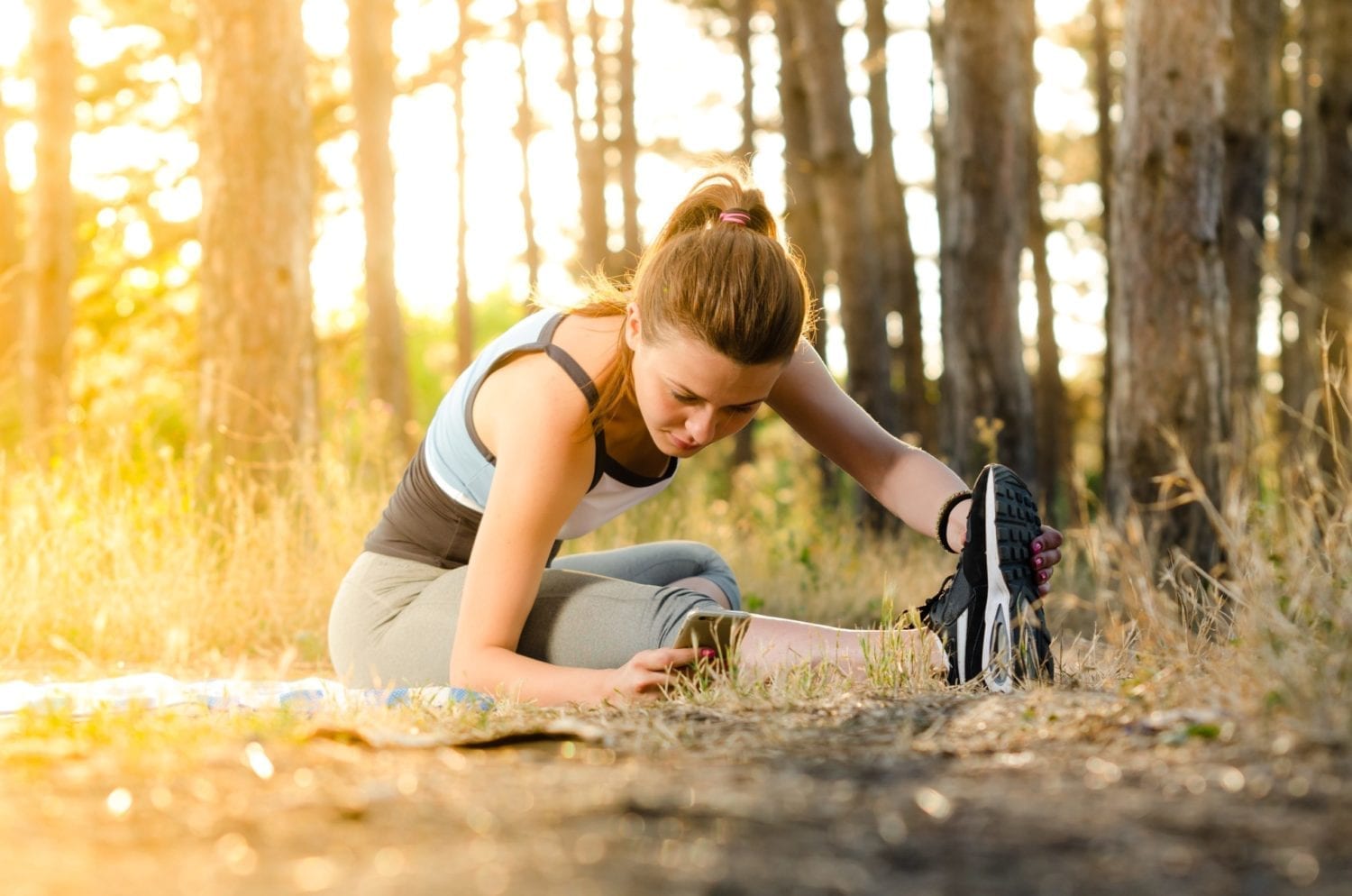It is common knowledge that exercising is good for us and that being physically active brings health benefits. It would be fair to say that keeping active and being fit is one of the simplest and most effective golden tips for well-being. Yet, it is one of the most overlooked, underutilized and often completely disregarded recommendation based on sensible and well proven evidence. We know it’s good, but we continue making excuses for not doing the minimum amount. This, even when we are put face to face with the problems our sedentary life is causing us.
Evidence shows that being physically active through regular exercise helps preventing or managing a variety of health problems and concerns, such as high blood pressure, stroke, metabolic syndrome, type 2 diabetes, many types of cancer, arthritis as well as depression and anxiety. It has therefore many health benefits, both physically and mentally.
Click here to read more on the evidence of the increase in benefits between being active and not being active and how exercising affects not just the body but also the brain and click here to find out more on how exercise can slow the progression of diseases and even prevent them.
Physical activity vs exercise – A person who is physically active can still lead a sedentary life!

First of all, to ensure we understand the terminology and respective values, let’s have a look at the difference between physical activity and exercise. The main difference is that the former is defined as any bodily movement produced by skeletal muscles that requires energy expenditure, whereas the latter is considered as an activity requiring physical effort carried out to sustain or improve health and fitness. The latter is also generally characterized by being planned, structured and repetitive. Hello gym workout!
In short, not all physical activity can be considered exercise but all exercise can be considered physical activity. Understanding this distinction is very important because it explains why a person can be physically active but still lead a sedentary life. This is because things like watching television, reading, using a computer and driving are all activities that still require our body to burn some energy, but not enough to be considered beneficiary for our physical well-being.
Understanding how physical activity is measured might further help us to understand and appreciate this important distinction. The level of intensity of physical activities are measured in METS (Metabolic Equivalent of Tasks) and the intensity varies from one activity to another and it can be experienced differently from one person to another. Let’s have a look at some MET examples! 1 MET is equivalent to the energy used to rest or relax while not moving. This is because even when we don’t move we are still using energies that allow our bodies to function. Writing, typing, general desk work is equivalent to 1.5 METS. Walking (5.5 km/h) is 3.6 METS, while more vigorous intensity activity such as jogging is 7 METS. Pushups, situps, pullups are 8 METS and rope jumping is 10 METS.

What evidence tells us is that a sedentary life is bad for our health and it is extremely bad in children as sedentary behaviour generally increases with age. There is international consensus that people of all ages should minimize the amount of time spent being sedentary (sitting) for long periods of time and that sedentary periods greater than two hours should be interrupted. For example, if you have a desk job it is important to remind yourself to get up every hour, perhaps by using an alarm or by simply learning to introduce breaks away from your desk as part of your daily routine (i.e. walk to the kitchen area to make a tea or to go see a colleague instead of sending an e-mail.)
How much exercise do I really do?

I think it’s rather refreshing, from time to time, to take a moment to think about our own routine and how much physical activity really features, or continues to feature, in our daily life. In this attempt to be as honest and accurate as possible with yourself, take time to measure your own physical activity during the course of a week to help you reflect on your own activity levels. To do so, you might find it easy to use an app. Most Apple or Androids phones have an inbuilt health app or pedometer and there are also a lot of free mobile phone apps that can help you measure your physical activity.
The reason for doing this is because we can be incredibly crafty at making excuses and turning a blind eye. Start with reflecting on how often you do exercise. Have you made use of your gym membership? Could you do more? Did you know that the recommended advice for adults is 150 minutes of moderate to vigorous physical activity a week (for example: 30 minutes 5 days a week)? Are you someone who does the same exercise routine or takes up the same gym classes without ever varying the type of physical exercise? Should you consider varying your exercise to prevent boredom and avoid or delay reaching a plateau in workout performance and results?

To benefit from being physically active does not mean becoming a sport athlete nor does it mean having to spend money towards a gym membership. All you need is your willingness and a little consistency. Brisk walking, for example, is a really great workout and can be done anywhere and, what’s more for free. The benefits of walking every day were famously reported by an86 years old woman who lost 120 pounds just by walking every day back and forth between her living room and kitchen in her one bedroom apartment in St. Louis, Missouri. 3000 steps before starting the day. So, start thinking about everyday activities you can do such as walking as part of the commute or perhaps something else that might give you more purpose, such as gardening.
Click here to read more on how much should exercise cost and click here if you need a little help on overcoming exercise gloom and finding motivation in bad weather and ugly surroundings.



